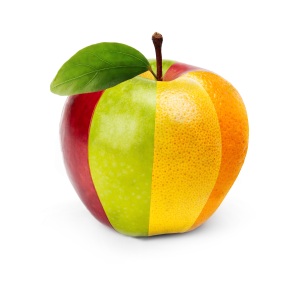The title, “Best recipes come from local ingredients,” is taken from comments by Maryann Feldman, Heninger Distinguished Professor of Public Policy the University of North Carolina at Chapel Hill. I availed myself of the opportunity to participate in a Virginia Tech – Lemelson Center Workshop, “Can Innovators Be Made? A Dialogue on the Past, Present, and Future of Innovation Expertise.” Prof. Feldman’s talk was a highlight of the event, as it deeply resonated with my own thinking on the intersection of economic development and fostering robust environments that support innovation and entrepreneurship.
The opening session of the Workshop launched with discussion of a paper by Matthew Wisnioski (VT Associate Professor of Science & Technology in Society) moderated by Joyce Bedi, Senior Historian at the Lemelson Center. Dr. Bedi opened the discussion with a quick poll of the participants: What’s the first name that comes to mind when I say ‘inventor?’ What’s the first name that you associate with the word ‘innovator’? The overwhelming majority of the participants named Thomas Edison as inventor, and Steve Jobs as innovator. The Smithsonian’s Lemelson Center for the Study of Invention and Innovation is co-organizer of the workshop; its mission includes broadening the narrative around human ingenuity and creativity.
The Edison/Jobs response is an illustration of implicit bias that inhibits empowerment of would-be innovators and (therefore) inclusiveness of entrepreneurial ecosystems. Implicit bias is a cognitive process that functions at a subconscious level of which, people are too often unaware, yet it deeply influences our perceptions, entrenching stereotype. The thinking goes that we do not see ourselves in the faces of inventors and innovators because they do not look like us, so our brains preclude that possibility from our minds on a level that is below conscious thought.
How many wonderfully creative ideas and ideators are thus excluded from our innovation ecosystems? The relationship of diversity to innovativeness is so commonly discussed it is almost cliché. The richness and diversity of our own communities are strengths to be leveraged. But how often do we see local ingredients in our own neighborhoods that we do not recognize in established ecosystems like Silicon Valley, and, therefore, assume that it’s not the ‘right stuff?’ Perhaps it is not ‘sciency’ or high-tech enough. I particularly enjoyed Prof. Feldman’s term “architectural entrepreneurs,” referring to those who build capacities around themselves in their communities that support their business activity – they’re true ecosystem builders.
To extend the recipe analogy, I cannot argue with the contention that it takes local ingredients. They’re the fresh and unique – overflowing with local color and flavor. But how those ingredients combine and come together matters, too. It takes diverse skill sets that come together in a trusting and mutually empowering fashion to empower innovators to realize the power of their ideas.


Reblogged this on Maria Douglass and commented:
Reblogged from Peerdash
LikeLike